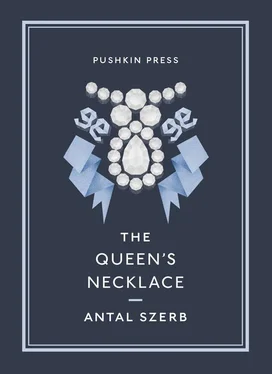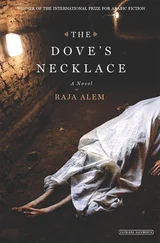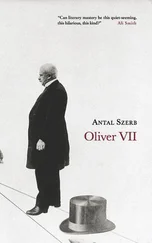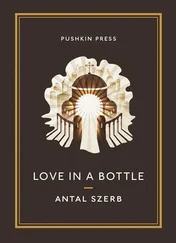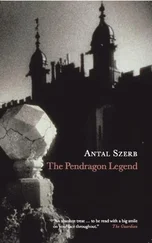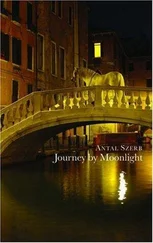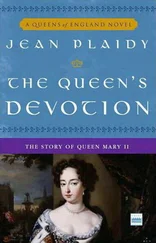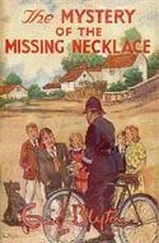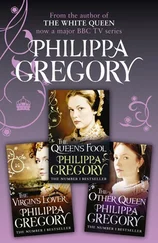Antal Szerb
The Queen's Necklace
The times we live in teach literary people like myself to look beyond our usual subjects and seek fresh inspiration in history.
Medieval and modern history is the history of nation states, and the first duty of the sons of those nations is to write about their own past. But there are two particular periods, the Italian Renaissance and the French Revolution, which are so universally important and seminal that they can be thought of as part of the common inheritance of the entire European race. The mood of our times has much more in common with the earthquake years in France than with the cosmic spring of Florence, and since the social class I personally belong to, the bourgeoisie, began life under the same fatal stars as the French Revolution, I am not perhaps entirely unqualified to write about it.
In fact the topic more or less chose me. It is one for which I seem to have been more or less unconsciously preparing for a great many years. More difficult was the question of genre. I could have written a scholarly study, a monograph. But the subject is a vast one, and has been so thoroughly worked over that I would have been obliged to focus on some rather minor aspect, and to deal with even the most minuscule of those would have required the sort of study I could have carried out only in those beloved haunts of my youth, the great libraries of Paris — now closed to me for the indeterminate future.
I might have written a novel, and, I must confess, that idea tempted me for some time. But I was as wary of tackling historical fiction as I would have been of setting a novel in a country I had never visited. A kind of respectful diffidence held me back from putting words they had never spoken into the mouths of once-living people, assigning feelings to them which I could not be sure were not my own, and taking them down paths they had never trod.
And so I arrived at a genre for which at the time I had no name: I have called it a ‘real history’, because it eschews every kind of novelistic embellishment and amplification, and because it treats a well-known episode (from the time of Louis XVI) which historical scholarship has explored in minute detail. The very nature of the event was such that it can be seen as symbolic of the whole period, because, like an ideal work of drama, it contains within itself everything that is both quintessential and representative in the multi-faceted mass of events. Furthermore it can be treated as a viewpoint from which perspectives open out into every aspect of the age, like gazing out from one of those fountains in the grounds of Versailles from which avenues radiate, like a star, in all directions; and I have made every effort to explore those avenues.
The raw material of my narrative, the story of the necklace trial, is taken by and large from Frantz Funck-Brentano’s L’affaire du collier —The Affair of the Necklace — an admirable treatise based on an exhaustive study of a vast treasury of documents. My purpose is not to shed any radically new light on the affair — Funck-Brentano’s work puts any thought of that out of the question. Rather, as I have already said, I use it as a vantage point from which to take a bearing on the approaching Revolution. For this reason I do not confine myself very strictly to the story of the necklace; rather I attempt to weave into my discourse every “significant minor detail”, following that unsurpassably great master Hippolyte Taine, to whom, once our youthful fascination with the history of ideas is over, we all return in our maturity. I explain the facts in as much depth as seems necessary, and as far as I understand them, but I do so in the chastening consciousness that, in the final analysis, all historical events defy explanation.
ANTAL SZERB 1942
Statement found among Antal Szerb’s posthumous papers, and published on the occasion of the first printing of The Queen’s Necklace.
Nothing gives me greater pleasure than to hear that some acquaintance has, to his immense surprise, read one of my books of literary history as if it were a novel. For that is exactly what I intended — to rescue the material from the layers of schoolroom dust and give it a living reality, thus moulding people’s tastes by making them want to read not just best-sellers but also the great works of so-called ‘literary history’. The literary historian must, first and foremost, be a propagandist, an advertising executive in the service of the eternal values. But naturally there are two sides to this. People in this country expect scholarly works to be unreadable; from which they are led, quite logically, to the erroneous conclusion that anything that is readable cannot therefore be scholarly. A great many critics have reproved the relaxed, often slightly mocking, tone of my books, insisting that I cannot possibly respect literature if I talk about it in such a cheerfully familiar way. To which I can only respond with a saying of Jules Renard: “You just don’t like ironical people. They make fun of their own deepest feelings. That is like saying: ‘this father cannot love his children because he plays with them’.”
And now I have written a book on a historical subject. Naturally my critics will now complain that I fail to respect history. And properly speaking, they are right. I don’t ‘respect’ it. Why should I? The past was in no way superior to the present, and what the present is like I have no need to tell you. So I may not ‘respect’ it, but on the other hand I do love it. Feelingly, deeply, passionately. The way I love Italy. And tea. And sleep. History is my home. Or rather, perhaps, my country of refuge. So I would say to my reader: if he absolutely insists that a writer should address him in the scholarly manner, from on high, in ex cathedra tones, then he should simply toss this book on the floor. My way is to speak as one human being to another, looking to find kindred spirits and good company.
The book tells the well-known story of Marie-Antoinette’s necklace, or rather, it describes events leading up the French Revolution. It differs from the usual historical biography, first, in that it is not a biography at all, and secondly, and more importantly, in that I do not content myself with narrating events. I also attempt to explain them, together with their antecedents and consequences, placing them in their intellectual and spiritual contexts. In doing so, I attempt, within the framework of my tale — a tale that is both remarkably eventful and yet true to life from beginning to end — to show French society in the age of Louis XVI, along with its literature, prevailing sensibility and notable personalities, and to bring all this together in a living tableau, rich in implication, which provides a picture of the way the French Revolution came about. In terms of form, the book is somewhat experimental, and I am naturally curious to see how it will be received by the public.
Chapter One. The Necklace
IN THE DECADES LEADING UP to the Great Revolution, two German jewellers lived in Paris: Charles August Boehmer — whose name the French mispronounced as “Bo-emer”—and Paul Bassenge, whose surname reveals his family’s Gallic origins. His forebears, Huguenot refugees, had lived in Leipzig until this particular Bassenge was born, in Paris, and went on to become a partner in the firm belonging to the ageing Boehmer. Boehmer was by then very well known. During the reign of Louis XV he had purchased for himself the title of Joaillier de la Couronne et de la Reine —Jeweller by appointment to the Crown and the Queen.
The two men, or at least Boehmer, who plays the larger role in the main events of our story, must have been rather exceptional. They were driven by a passionate dream of greatness, and in their own field they strove for fame and immortality. With quiet diligence, over long years, they acquired a collection of the finest diamonds available on the European market; but rather than mount them in accordance with current Parisian taste, or sell them off in order to make their fortunes and, as did all the rising bourgeoisie of the day, use the money to buy the sort of landed estates that would associate them with the nobility, they took a different path. They locked the diamonds away in their shop and then, when they had amassed a vast number, set about creating a masterwork. They constructed what at the time was the most expensive item of jewellery in the world. This record-breaking treasure, the fateful diamond necklace, is the subject of our tale.
Читать дальше
